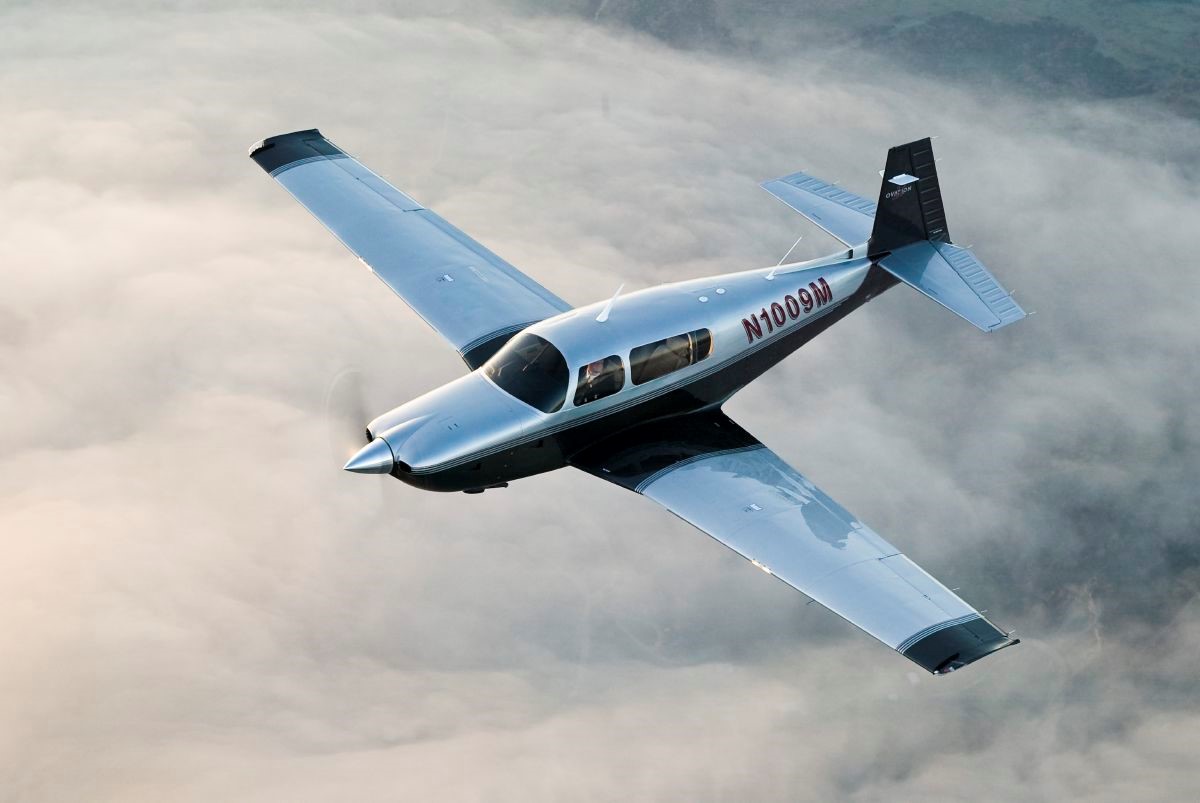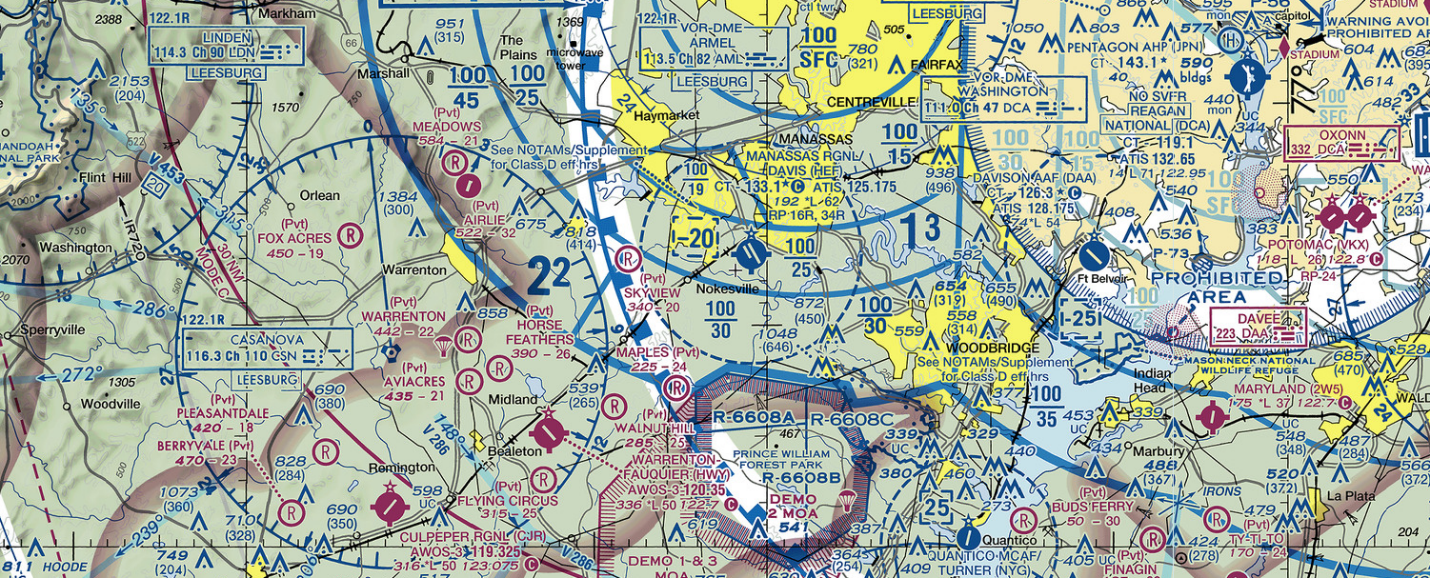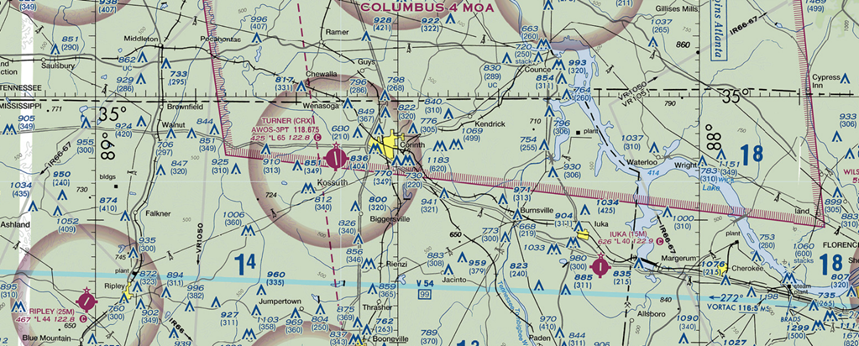Spatial Disorientation Accidents: VFR in IMC
SAFETY SPOTLIGHT: Spatial Disorientation

While spatial disorientation makes only a modest contribution to the overall accident rate in GA, it is responsible for a high percentage of its fatalities. Spatial disorientation accidents fall into three categories:
- Attempted VFR flight in IMC
- Night VFR flight in VMC
- Instrument flight in IMC
VFR flight into IMC is the number one cause of spatial disorientation.
Attempted VFR flight in IMC
VFR flight into IMC is the number one cause of spatial disorientation. VFR-rated pilots were responsible for most of these accidents, but instrument-rated pilots are not immune.
The Last Leg

Following a fuel stop in Indiana, the VFR-rated pilot of a Cessna 210 on a cross-country from Amarillo, Texas, to Washington, District of Columbia, contacted Washington ARTCC. The pilot said “…I seem to be lost…I was heading east into Manassas showing ah sixty miles out and all of a sudden these clouds just fogged in front of me on the mountains so I just turned around and just kind of circling right here above two pretty good sized towns.” The aircraft was given a transponder code and identified at 1511, and then proceeded toward Manassas. At 1517 the pilot radioed ATC and said, “…I’m in clouds right now, you need to get me out…” Asked if he was capable of IFR flight, the pilot answered, “No, I’m not.” The controller attempted to vector the aircraft north to VMC, but communication with the pilot was lost at approximately 1525. Witnesses saw the aircraft descend from an overcast sky at a steep angle and burst into flames upon contact with the ground. The pilot and his passenger were killed. Radar data from the last ten minutes of the flight indicate that it climbed from 5,200 feet to 7,300 feet before entering a descending right turn.
Accident Case Study: Blind Over Bakersfield
Watch this Accident Case Study about a non-instrument rated pilot who chose to accept an IFR clearance and fly into IMC.
VFR not Recommended

At 1044 a non-instrument-rated pilot called the flight service station in McAlester, Oklahoma, and requested a weather briefing for an afternoon VFR flight to Muscle Shoals, Alabama. During the briefing the pilot was told VFR was not recommended. At 1349 the pilot called for another briefing and was again told VFR was not recommended. At 1645 the pilot, now airborne in his Bellanca 17-30A, contacted flight service and reported he was in deteriorating conditions. He asked for an update on the weather at his destination and was told VFR was not recommended. The pilot landed in Corinth, Mississippi, purchased fuel, and drove into town for food. At 2108 the pilot telephoned for a weather briefing for a flight to Muscle Shoals and was told VFR was not recommended, and that more fog was forming along the intended route. During the briefing, an FBO employee recommended a good local hotel and offered the pilot use of the courtesy car, but the pilot declined the offer. Witnesses reported ceilings of 1,000 feet and visibility of three miles and decreasing at the time.
A search was initiated after the pilot failed to arrive at the destination. The fatally injured pilot, the sole occupant, and the wreckage of the aircraft were found in Corinth. Upon investigation, the engine exhibited no pre-impact failures or malfunctions. Control cables and control surface attachments exhibited failures consistent with overload forces as a result of loss of control.
Tip: Hearing “VFR not recommended” during a weather briefing should be a big red flag that conditions are not conducive to safe VFR flight.
Accident Case Study: VFR into IMC
In Accident Case Study: VFR into IMC, a pilot chooses to fly despite a VFR not recommended weather forecast and encounters conditions enroute that outmatch his ability.
Great Expectations
Why do pilots flying VFR plunge ahead into IMC despite the dangers they’ve been warned about? An expectation of success appears to play a significant role in these accidents. Such pilots take off without a back-up plan, automatically assuming they’ll successfully complete the flight. Without a Plan B, they have no other course, literally, other than to continue on, developing a kind of tunnel vision that seems to lock up the brain as conditions deteriorate. These habits are reinforced when pilots do successfully complete flights in adverse conditions, leading them to push the envelope more and more relative to the risks they take. But if you keep sticking your hand in the cookie jar, eventually you’ll get caught.
Accident Case Study: In Too Deep
In Accident Case Study: In Too Deep, a non-instrument rated pilot presses on in deteriorating conditions, leading to a fatal encounter with IMC.